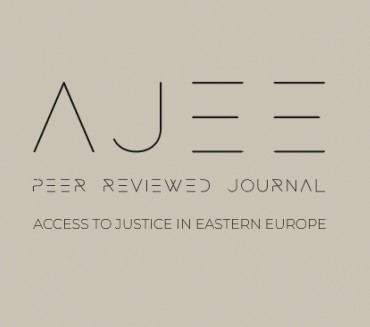Summary: 1. Introduction. – 2. New Technologies as a spatial turn and Paradigms of International Relations. – 3. Technology and a New International Distribution of Power. - 4. Role of New Technologies as a driving force in the social construction of war and peace. - 5. The Aspects of New Technologies Involvement in International Relations: The Russian invasion on Ukrainian territories as an example. - 5.1. The absence of a binding legal framework to regulate the activities of the cyber domain. - 5.2. The Russian-Ukrainian war and the emergence of a new type of sanctions at the international level. - 5.3 Conflict and Technology: The emergence of Digital Currency as a challenge to international relations. – 6. Legal gaps in legal frameworks when addressing the impact of digital technologies in international relations – 7. Conclusion.

